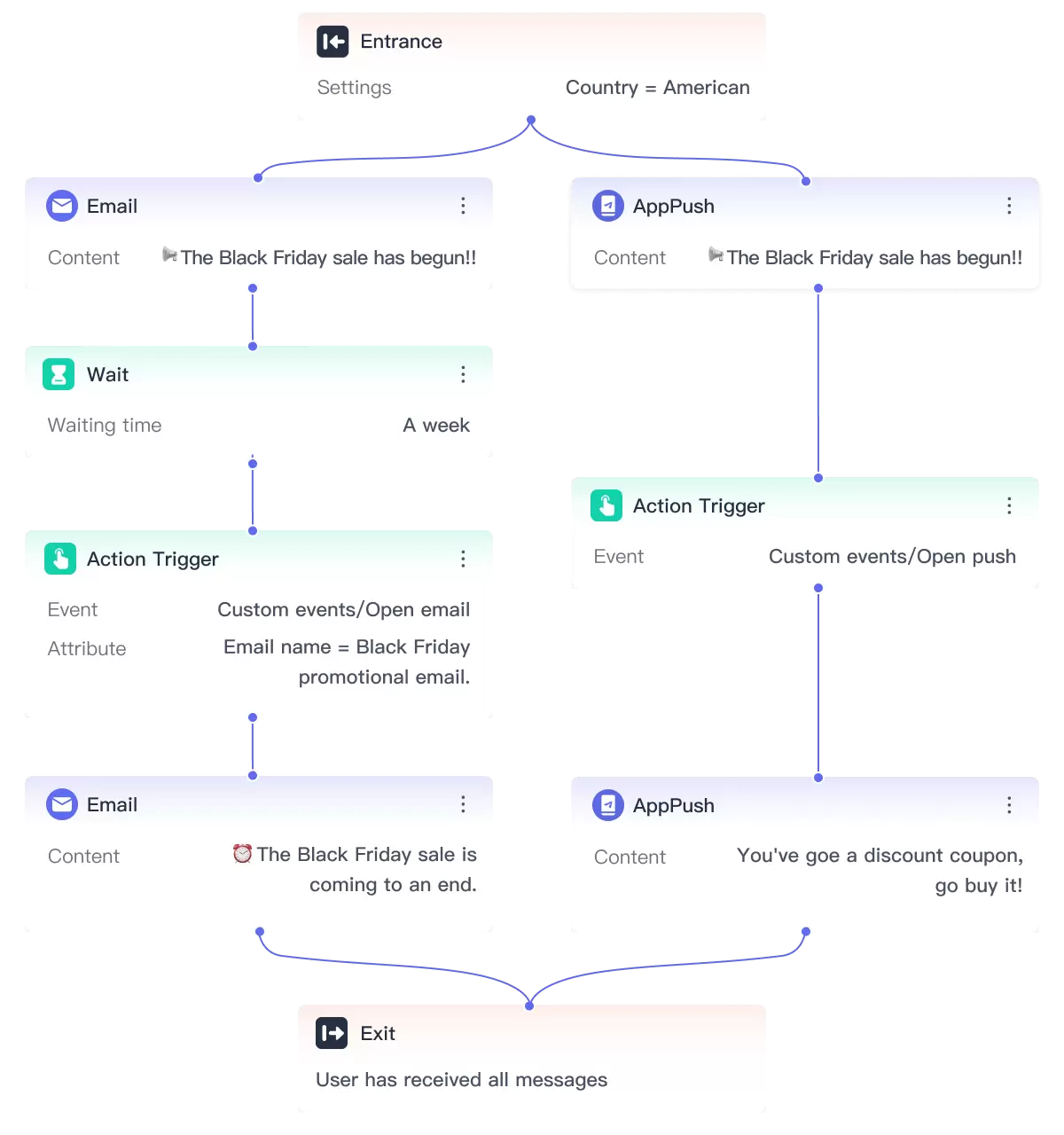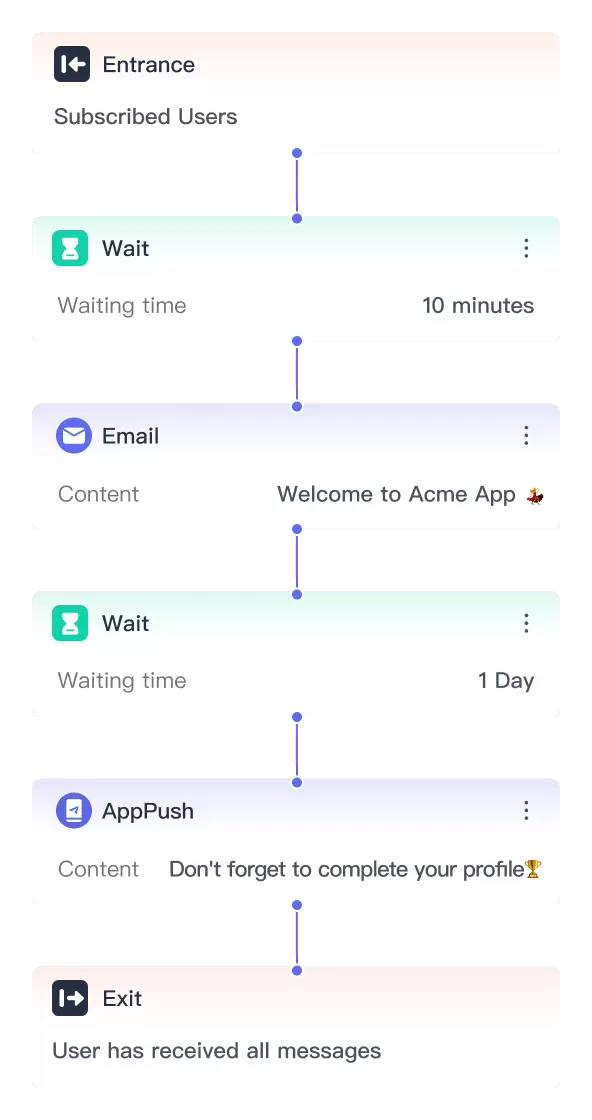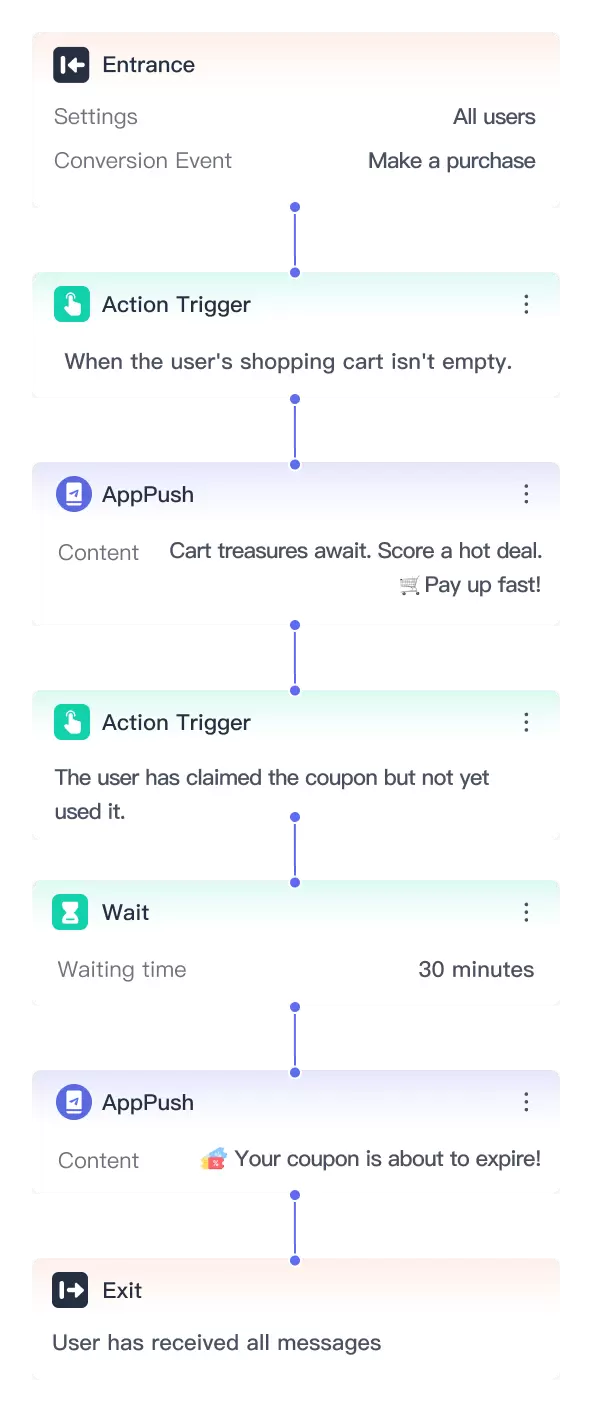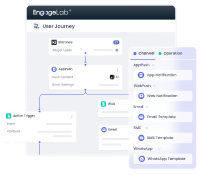What is the most important factor to establish a successful ecommerce business? While product quality, affordability and good customer experience are all crucial for enterprise success, the real growth lies in long term relationships with customers.
Email marketing isn't all about selling more, converting like crazy and getting the best ROI. Businesses can use post purchase email flow to nurture their connection, increase customer loyalty and build long lasting relations.
In this blog post, we'll introduce you to the post purchase email flow, its benefits for ecommerce and how to build effective post purchase email flows.
We'll also suggest the best tool to set up winning email campaigns. So let's explore the secret sauce of building great customer relations.
Part 1: What is Post Purchase Email Flow?
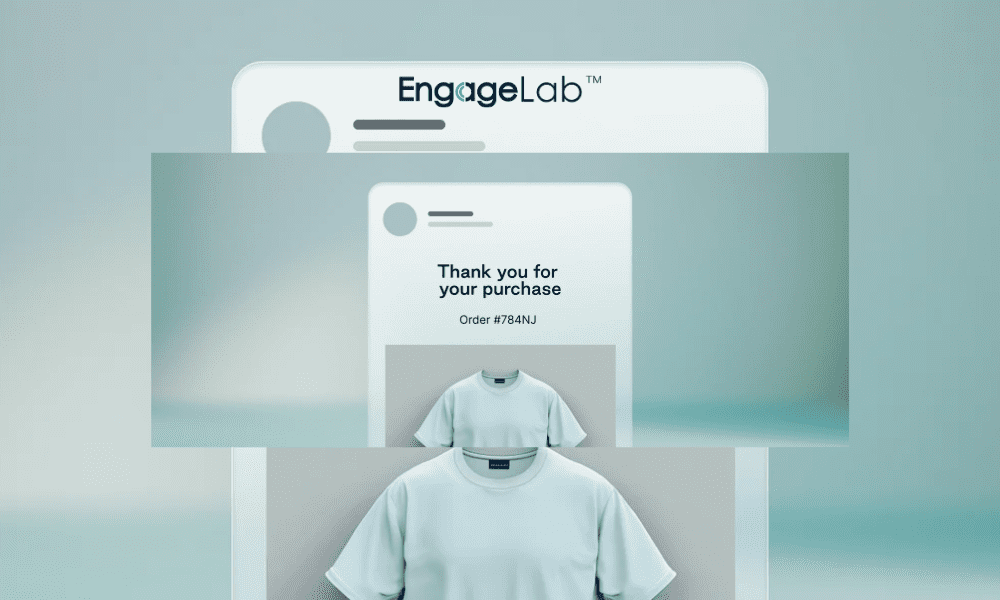
Post purchase emails are automated messages that brands send to the customers after they've made a purchase. These emails are sent at different times after the purchase such as right after the purchase, during delivery and day after the product is delivered.
For example, brands can send order confirmation and shipping confirmation emails as post purchase emails. Thank you notes and review requests can also be part of post purchase email flows.
Lindsey Arellano, director of email and SMS a Curio says that, "A common mistake that brands make is not following up with their customers after the purchase ".
Post purchase emails have 46.1% average open rate, 16.7% CTR and 5% conversions rate. This shows businesses can’t ignore these email campaigns.
Part 2: Benefits of Post Purchase Email Automation
Since post purchase emails already show impressive metrics, it's clear that businesses cannot afford to overlook them. But the real power lies in automation. Automating these post purchase email flows not only ensures consistent follow-ups but also helps brands build stronger customer relationships, boost loyalty, and drive repeat purchases. Let's look at the key benefits of post purchase email automation.
1. Improves Customer Retention
Customers expect a receipt of their purchase and confirmation email. If a store does not send order confirmation and shipping confirmation email, customers think the store isn't legit.
By sending order confirmation, brands can increase their legitimacy and convince the buyer to order again. Post purchase emails can also be used to send coupons, seasonal promotions or targeted offers to increase retention rate.
2. Build Trust with Customers
These email flows serve as the first email contact with the customers and are proof that their order is being processed. This builds customer's trust in your brand.
Moreover, sometimes things don't happen as planned. If an order is delayed, companies can use post purchase to inform customers about the situation and can send an apology. This also builds trust between company and customers.
3. Drive Additional Orders
Well-crafted follow-up emails can promote related products or accessories based on past purchases. Personalized recommendations and exclusive discounts increase the chances of repeat orders. For instance, companies like Amazon generate a significant share of revenue from product recommendations—a strategy that can easily be implemented in post purchase email flows.
4. Maximize Customer Lifetime Value (CLV)
Beyond immediate sales, automated follow-ups help customers get the most value from their purchase. Brands can send guides, tutorials, or product tips to highlight benefits and validate the buyer's decision. This education builds confidence, satisfaction, and loyalty. They are all key drivers of higher lifetime value.
These benefits make post purchase automation one of the most effective and profitable email marketing strategies for long-term growth.
Part 3: Key Elements of a Post Purchase Email Flow
To unlock these benefits, it's not enough to just send emails, you need to design post purchase flows strategically. A successful campaign balances timing, personalization, and consistency. Here are the essential elements to keep in mind:
1 Timing and Frequency
Your email should arrive in the customer's inbox at the right time. For example, the right time to send a thank you email is right after the checkout. Similarly, a shipping update should be sent when you deliver the order.
Don’t send too many emails as it will overwhelm your customers. Only send important messages and at the right time.
2 Personalization and Segmentation
Every buyer is unique and the post purchase email should be crafted considering his buying action. For example, if a customer buys shoes, the brand can send him a “Tips to Care Your shoes” email. Similarly, if a customer buys a gadget, the brand can send him tips on “How to Setup” or “Installation Guide”.
3 Clear Call to Action
Brand should send emails with a clear call to action or next step. Customers should get a clear message about if they need to leave a review, reorder a product or you’re suggesting they explore related items. By using clear calls to action, businesses can prevent confusion and encourage engagement.
4 Consistent Brand Voice
While writing post purchase emails, brands should stay consistent with the overall brand style. Either brands are using formal, casual or friendly tone, staying consistent will build trust. Consistency builds trust and makes customers feel comfortable, as every interaction reinforces the same identity.
5 Value-Add Content
Post purchase emails shouldn't just confirm orders—they should provide real value. Share how-to guides, troubleshooting tips, or creative product use cases. Customers appreciate support that makes their experience smoother and builds confidence in their decision.
Closing a sale isn’t the end but a beginning towards building a long term relationship that can stand on trust and loyalty. When businesses focus on these elements, they can build a customer base that will keep coming back for the long term.
Part 4: Tailoring Post Purchase Email Flows to Different Industries
Every customer is unique and the post purchase emails should also be personalized to every purchase. Customers can do different types of purchase such as;
- A shopper buys clothing
- A user signups for software
- A traveler booking a hotel
That’s why every buyer expects different kinds of communications after purchase. So post purchase emails should be adjusted for each industry.
Here are some industries and the type of post purchase emails that businesses can send after a purchase.
1. E-commerce: From Cart to Loyalty
Ecommerce brands can send post purchase emails to turn one time buyers into loyal customers. Here is a 2 step post purchase email sequence for ecommerce businesses.
Email 1: Thank You & Order Confirmation
Subject: Thank you for your order, Sarah!
Hi Sarah,
Thanks for purchasing your new UrbanFlex Sneakers. Your order
is confirmed and it will be shipped soon. We’ll send you an update
once your sneakers are on the way.
[Track My Order]
The UrbanFlex Team
Email 2: Review Request & Discount
Subject: How are your new sneakers, Sarah?
Hi Sarah,
We hope you’re enjoying your UrbanFlex Sneakers! Could
you leave a quick review with us? As a thank-you, here’s 10% off your
next order.
[Leave a Review]
The UrbanFlex Team
2. SaaS & Subscriptions: From Sign-up to Renewal
SaaS businesses can use post purchase emails for making onboarding smooth and encourage renewals for new customers. Here’s an example for a customer, Sarah, who subscribed to a project management tool.
Email 1: Welcome & Onboarding
Subject: Welcome to TaskPro, Sarah!
Hi Sarah,
Thanks for starting your subscription with TaskPro. You can
now organize your projects better. Create your first workspace today.
[Create My Workspace]
The TaskPro Team
Email 2: Feature Highlight
Subject: Sarah, boost productivity with TaskPro’s smart boards
Hi Sarah,
Have you tried our Smart Boards yet? You can track tasks
simply and visually. Explore this feature today and save hours every week.
[Try Smart Boards]
The TaskPro Team
3. Hospitality & Travel: From Booking to Experience
The Travel & Hospitality industry can use post purchase emails for reassurance to guests and enhancing their experience. Here’s an example for Sarah who just booked a hotel stay.
Email 1: Booking Confirmation
Subject: Your stay is confirmed, Sarah ✨
Hi Sarah,
Thank you for booking your stay at Seaside Resort. Your
reservation is confirmed for June 12–15. We can’t wait to
welcome you.
[View My Booking]
Seaside Resort Team
Email 2: Pre-Arrival Tips
Subject: Get ready for your trip, Sarah
Hi Sarah,
Your stay at Seaside Resort is coming up soon. Here are a few
things to make it better:
- l Check-in starts at 3 PM
- l Complimentary breakfast included
- l Don’t miss our evening beach BBQ
[Plan My Stay]
Seaside Resort Team
Part 5: Why Choose EngageLab for Post Purchase Email Flows

EngageLab is an all in one marketing automation platform that helps businesses with personalized user journey design, omni channel precise targeting, AI driven optimization and many other analysis capabilities.
Here is why brands should choose EngageLab for post purchase email flows;
✅ Multi-channel automation through email, SMS, AppPush, WebPush and WhatsApp
✅ Drag-and-drop visual journey builder
✅ Pre-built templates for quick deployment
✅ AI-driven content creation and optimization
✅ User behavior tracking
✅ Intelligent analytics and reporting
✅ Real-time revenue conversion analysis
✅ Stable and fast message delivery
Brands can rely on EngageLab to boost loyalty, increase conversions and strengthen customer relationships.
Part 6: How to Build Effective Post Purchase Email Flows?
A post purchase email flow isn’t limited to just sending a thank you message. An effective email campaign can be embedded with activities such as exclusive discounts, personalized product recommendations or limited time offers.
EngageLab makes this easy with its Promotion Activity Template. Here’s how you can set it up;
Step 1: Create Your EngageLab Account
First of all, you need to register on EngageLab. Creating an account on EngageLab is free. After logging in, you can access your marketing automation dashboard.
Start For FreeStep 2: Complete the Marketing Automation Configurations
Before starting your journey, follow the instructions to complete the configuration of marketing automation. When you're ready, click “Create Now” to begin setup.
Or go back to the top of this guide and click "Start Editing for Free" to go directly to the workflow template builder.
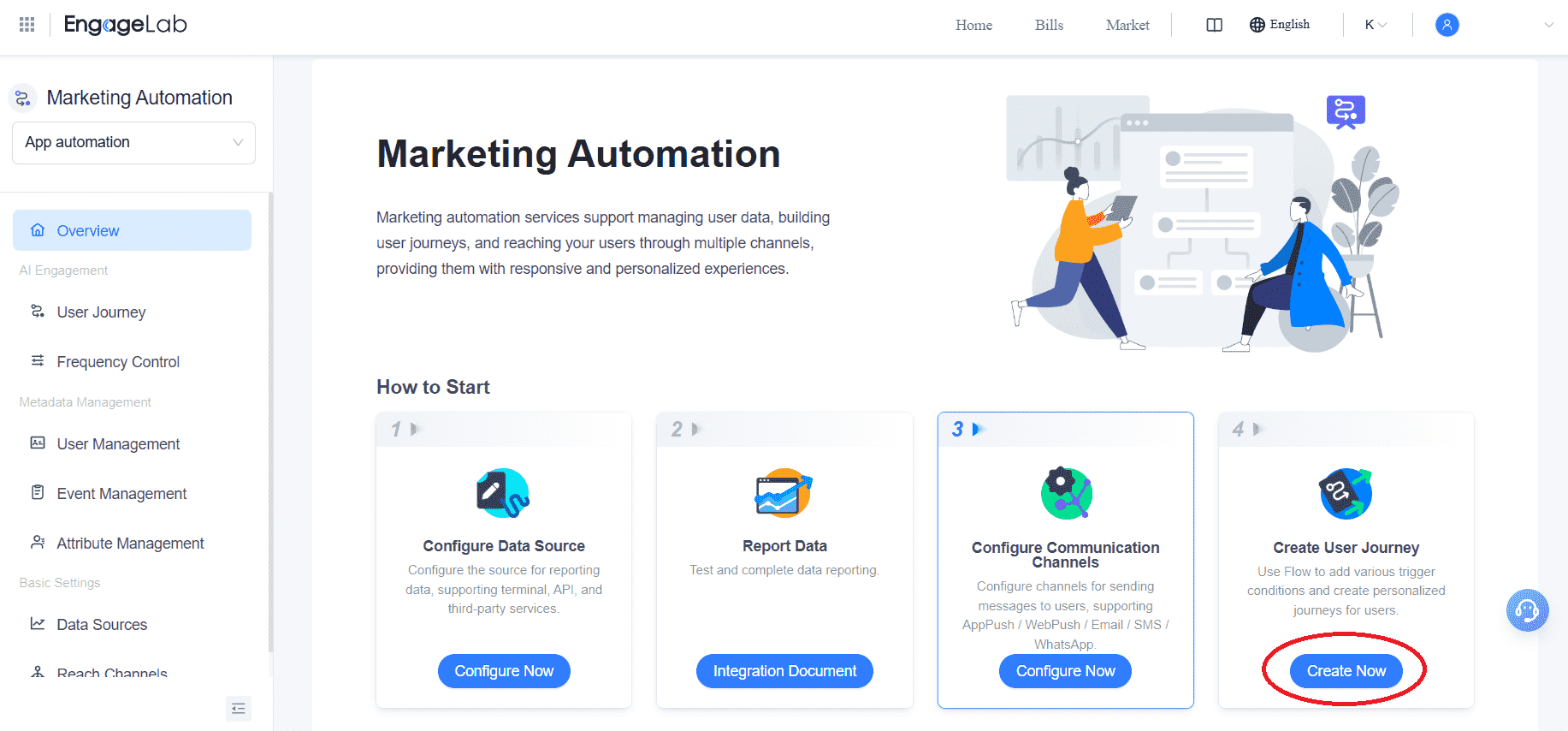
Step 3: Create a Journey
In the User Journey tab, click “Create a Journey” to open the template picker.
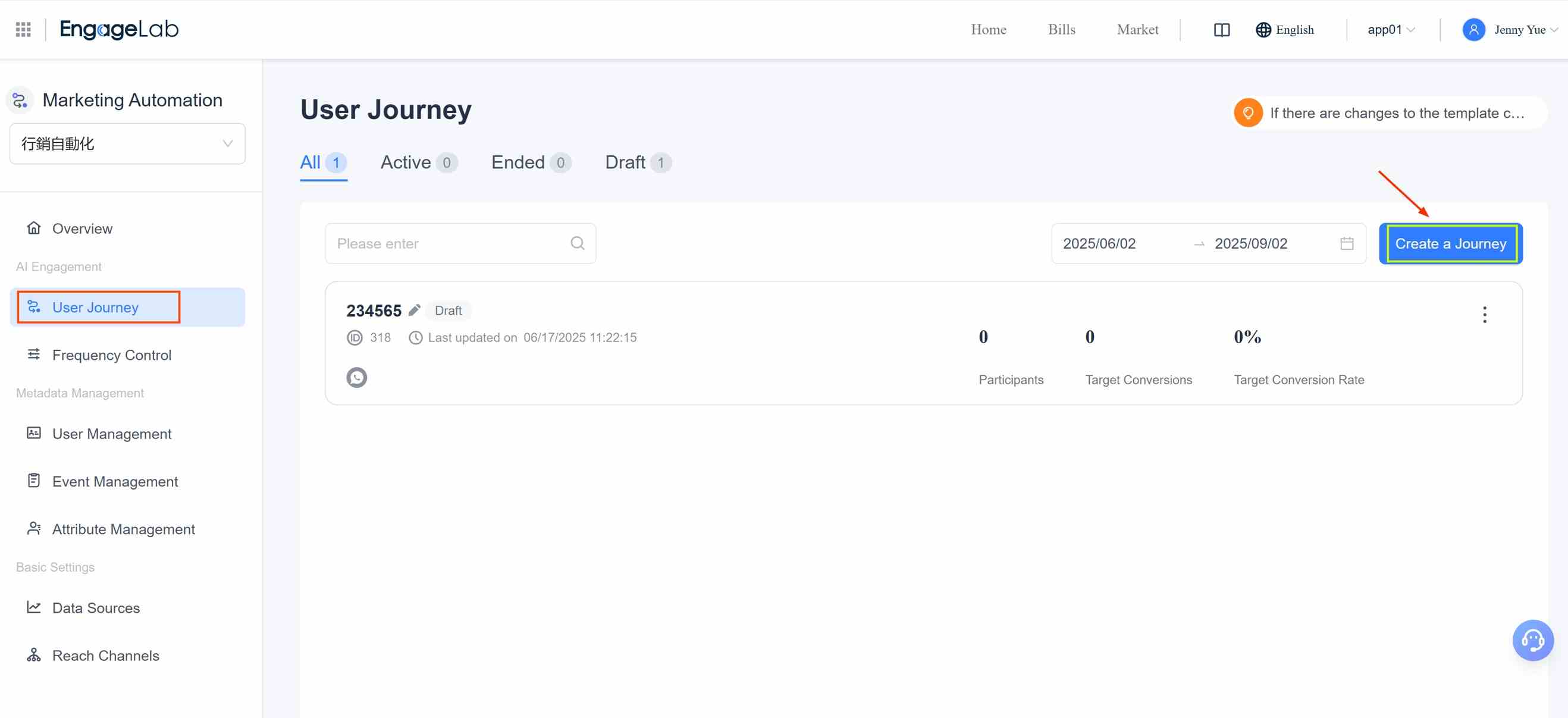
Step 4: Select Automation Template or Build from Scratch
You can start from scratch or choose your desired pre-built workflow. For post purchase flows, we recommend the "Promotion Activity"
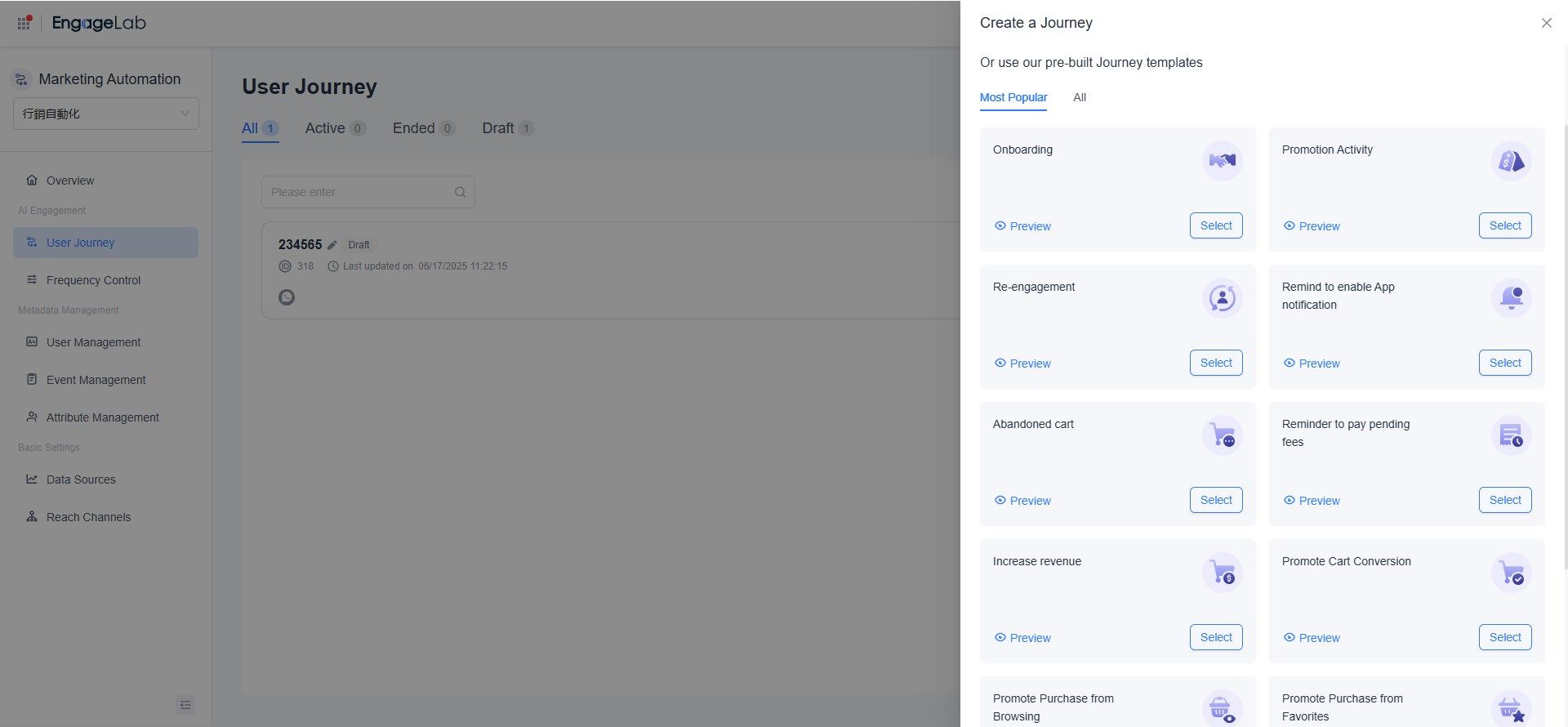
Step 5: Set Up Triggers
When setting up an automation workflow in EngageLab, simply define a Start point, message components (Email, SMS, Push, etc.), behavior triggers, timing controls, and an End point. Then set audience entry rules, test the flow, check connections, and publish once everything is verified.

By using EngageLab’s Promotion Activity template, businesses can create an organized sequence of Post Purchase Email Flow.
Conclusion
Post purchase email flows are more than just sending simple thank-you notes. Businesses can use these email sequences in building trust, encouraging repeat purchases and strengthening long-term customer relationships across every industry.
EngageLab offers drag-and-drop journey builders, pre-built templates and AI-driven personalization that businesses can use and create campaigns for driving loyalty and revenue.
Start building smarter post purchase email flows with EngageLab today and turn every first-time buyer into a repeat customer.
